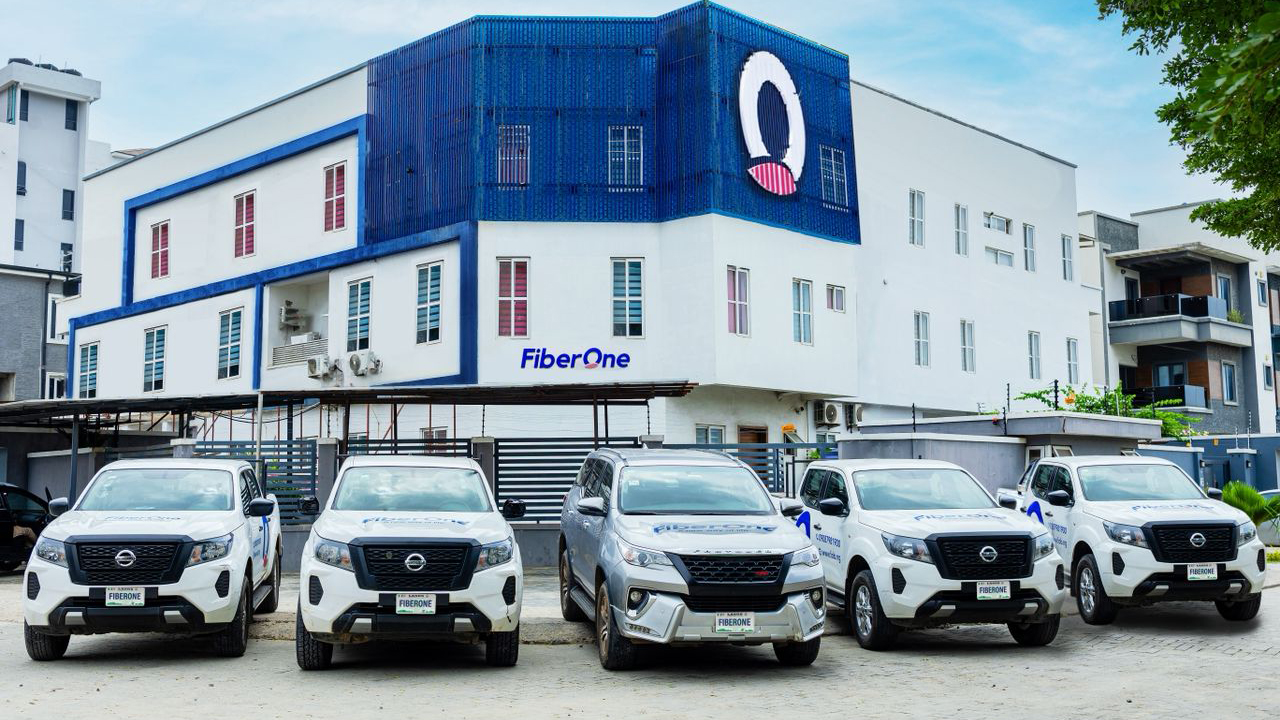
• Exporters fret over imminent delay of cargoes
A new regulation requiring the gross mass verification of a container before it is loaded onto a ship shall ensure the safety of over 170 million containers at destinations yearly.
The United Nations’ International Maritime Organization (IMO), which regulates international shipping, said the rule, which took effect from last Friday, 1st July, would prevent accidents at ports and at sea caused by overloaded containers.
The organization estimated that about 170 million containers are loaded onto ships each year, bringing vital commodities as well as consumer goods to billions of people around the globe.
Meanwhile, exporter and shipping operators are wary that the requirement would lead to delays at ports around the world.
Indeed, shippers are worried that the new container-weighing rules would have a rocky implementation at ports worldwide.
Although, the stakeholders confirmed that the laudable rule was meant to improve safety on cargo ships, they are now bracing up for more delays at major ports.
The rule requires exporters in over 170 countries, including Nigeria, to report the weight of shipping containers before they’re loaded onto vessels.
“It will assist in ensuring that the millions of containers carried on ships each year are optimally stowed, thereby helping to prevent container stacks collapsing and containers being lost overboard, and the associated injury and loss of life,” IMO stated.
Director of Intermodal Services at The Dependable Companies, Shane VanDerWaag, said: “It’s a good law, but it would be nice for someone to give us some guidance.
“We’re going to take a shot, go down there, and hopefully when we get to the terminals they’ll let us in.”
He said his company has warned cargo owners that they face penalties if containers are rejected for failing to comply with the new rules.
Meanwhile, an indutry analyst, John Orie, told The Guardian that the new rule has been long overdue, describing it as sine qua non to safety operations in the shipping business.
Orie said it a very critical point considering the number of captizing and the level of damages and loss which would have been avoided it the containers were weighed before loading.
According to him, the new rule will definetely cause delays at port and require more expences, it is also another business opportinuties for weighing experts.
President of PierPass Inc., John Cushing, said that terminal operators at the ports do not plan to turn trucks away at the their gates. Other procedural details, however, will be at the discretion of carriers and individual operators.
The IMO adopted the rule as an amendment to the Safety of Life at Sea Convention, known as SOLAS, in 2014, but many shippers only became aware they were responsible for weighing containers in late 2015.
The IMO has urged leniency in the first three months after the rule takes effect to ensure global trade does not grind to a halt. Many ports, including export terminals in the United States, Hong Kong and the United Kingdom have said in recent months they plan to weigh containers for shippers, usually for a fee.
Ocean carrier industry groups said the rule was necessary because of a series of high-profile incidents where too-heavy containers caused ships to capsize.
President and CEO of the World Shipping Council, John Butler, who represents ocean carriers, believed that some hiccups are to be expected in the early implementation.
“Any time you flip the switch and start running the machine, things break,” he said.
He noted that, “the issue of misdeclared container weights has been a maritime safety problem for many years,”
Butler, who testified before a congressional subcommittee in April, cited the case of the MSC Napoli, a container ship that suffered a catastrophic structural failure off the coast of southwest England on Jan. 18, 2007.
The 26 crew members survived, and the ship was eventually beached a couple of days later, but that accident and a few others like it were the catalysts for change.
“It’s 2016 and it’s time we know what each packed container weighs,” ” Butler said.
According to IMO, the aim was to develop further measures to complement the existing provisions aimed at the stability and safe operation of ships, including the safe packing, handling and transport of containers.
“A key element of this work was the verification of the mass of a packed container. This would complement the existing requirement to declare the gross mass of cargo and containers.
“According to the amendments to SOLAS regulation VI/2, now in force, either of two methods can be used to verify the gross mass of packed containers such as: Weighing the packed container using calibrated and certified equipment; or weighing all packages and cargo items, including the mass of pallets, dunnage and other securing material to be packed in the container and adding the tare mass of the container to the sum of the single masses, using a certified method approved by the competent authority of the State in which packing of the container was completed.
“The shipper must ensure that the verified gross mass of each packed container is stated in the shipping document. This document, signed by the shipper or his representative, must be submitted to the master or his representative, and to the terminal representative, in good time for the ship stowage plan to be drawn up. If not, the container shall not be loaded onto the ship,” it stated.





